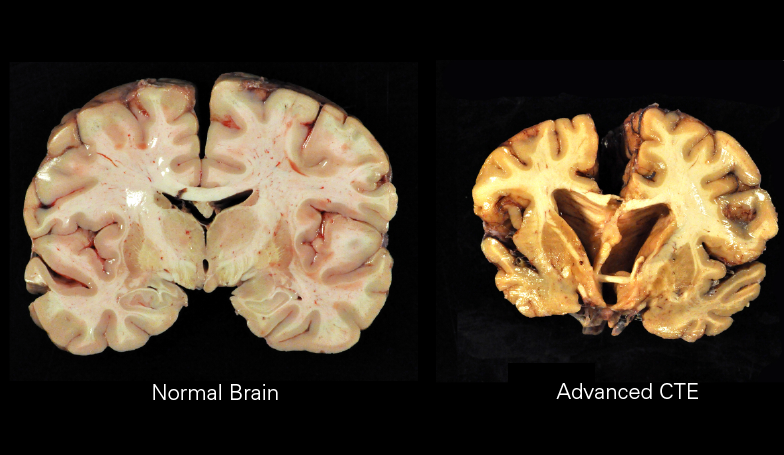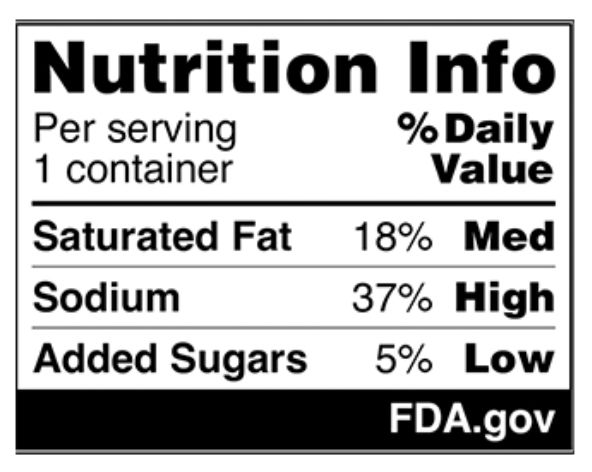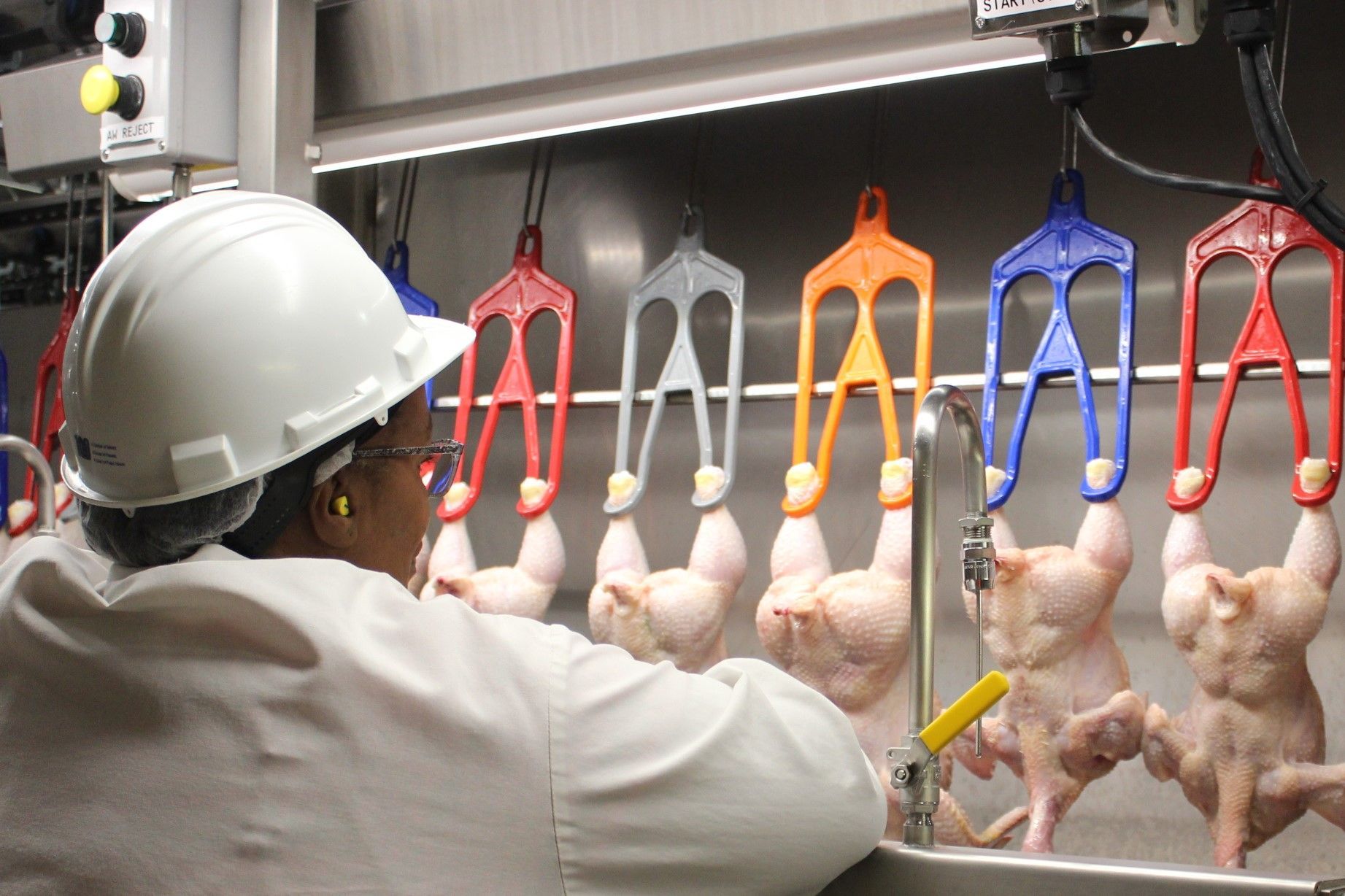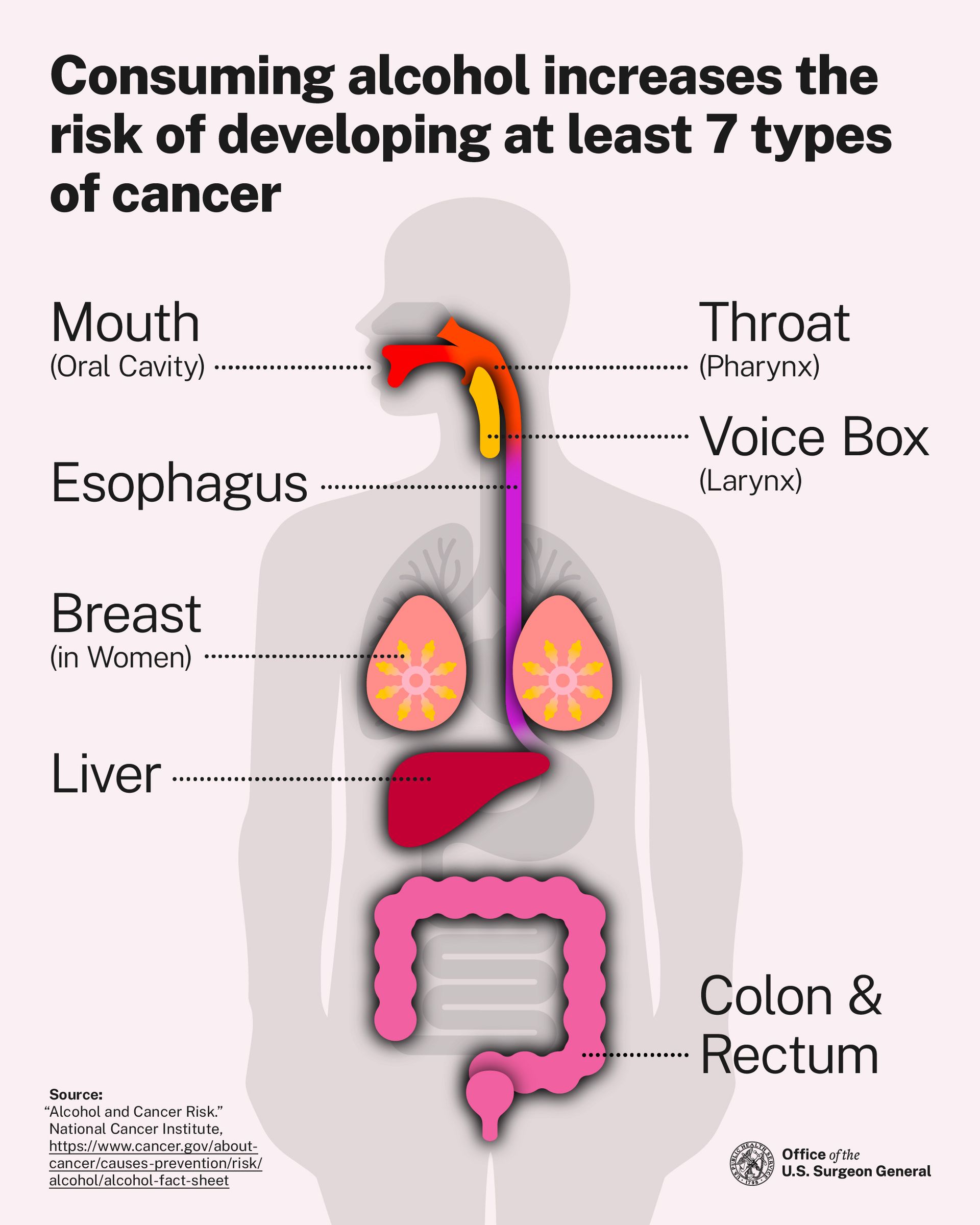TACKLING SAFETY: FOOTBALL, CTE, AND WHAT ACTUALLY MAKES THE GAME SAFER
We are now in the middle of another football season, and the question, as asked every year: Is this sport safe enough for our high school, college, and professional athletes to play?
Football has always been a violent sport of collision, glory, and growing concern. Over the last decade, research tying repetitive head impacts to chronic traumatic encephalopathy (CTE) has shaken parents, players, and the game’s governing bodies. The central realities are straightforward but sobering: repeated head impacts — both diagnosed concussions and the many “sub-concussive” blows players take — are linked to later-life brain pathology; helmets and add-ons can lower impact forces, but no helmet or cover has been shown to prevent CTE; and rule and culture changes that reduce the number and severity of head impacts are where the biggest gains lie.

A normal brain (left) and one with advanced CTE (right)
Source: Wikipedia
Do the new “Guardian” helmet products reduce CTE risk?
Short answer: Not proven.
Guardian Caps and similar soft-shell helmet covers have laboratory and some real-world evidence showing they reduce head impact kinematics (peak linear and rotational accelerations) in controlled tests — a plausible biomechanical benefit. A 2023 kinematics study found reduced peak linear and rotational accelerations with after-market soft-shell padding.
But that mechanical improvement doesn’t equal proof they lower concussions across all settings or that they reduce the long-term cumulative exposure that appears to drive CTE. University of Wisconsin researchers found no reduction in concussion rates among 2,610 high school players who used soft-shell covers in practice during the 2023 season. At the same time, NFL reports and internal analyses indicate big drops in practice concussions after mandated use of Guardian Caps in certain sessions and seasons. The pro-level data suggest utility in that specific context, while high school evidence is mixed — likely because player size, play speed, exposure patterns, and how/when the caps are used all differ. Crucially: no peer-reviewed study has shown that Guardian Caps or any helmet upgrade prevents CTE.

Hassan Hall wearing a Guardian Cap in 2023
Source: Wikipedia
What the science says about risk
CTE is currently a post-mortem diagnosis; brain-bank studies from the Boston University CTE Center have found very high rates of CTE in samples of donated former NFL brains (e.g., 345 of 376 in one case series), and other work shows a dose-response: more years and more repetitive impacts mean higher odds of CTE and more severe disease. That dose-response is the key takeaway: reduce exposure and you reduce risk — even though we can’t yet say precisely by how much for any one intervention.

Members of the Los Angeles Rams wearing Guardian Caps during their 2023 training camp. Two years prior, team became an early adopter of the equipment.
Source:
Wikipedia
Rules, culture, and policy changes that would make football safer
Technology helps, but it’s policy and practice that move the needle most:
- Limit full-speed contact in practice. Evidence repeatedly shows the majority of head impacts happen in practice. Rules and caps on live-contact reps — enforced and audited — lower exposure. (Example: many youth and college programs that limit contact report fewer concussions.)
- Aggressively enforce and expand targeting/helmet-to-helmet penalties. Studies show targeting rules reduced helmet-to-helmet concussions at the high school level. Better officiating, consistent discipline, and education of coaches/players about tackling technique are essential.
- Continue kickoff and special-teams reforms. Rules that reduce high-speed collisions on kickoffs have produced measurable concussion declines at the college and pro levels; similar protections at lower levels would likely help.
- Age and exposure restrictions for youth football. Given the dose-response risk, many researchers recommend delaying tackle football until the mid-teens and/or promoting flag alternatives for younger children. Reducing total years of exposure is a straightforward, high-impact idea.
- Standardize helmets and fit, and require high-performing models. Make objective helmet performance (STAR or similar ratings) part of procurement decisions; ensure every player has a properly fitted, certified helmet. Helmets reduce impact severity but are not magic bullets.
- Limit cumulative load with player monitoring. Track individual exposure (number of hits, high-g impacts) using sensors and use that data to limit high-risk players’ contact days and to guide return-to-play decisions.
- Better medical protocols and independent oversight. Mandated independent neurologic evaluation for suspected concussions, strict RTP protocols, and removal-from-play rules enforced by non-team medical staff reduce pressure to return early and reduce repeat injury risk.
- Culture change — reward safe play. Coaching incentives, rule enforcement, and public messaging should prioritize technique, smart tackling, and protecting defenseless players rather than glorifying helmet-first collisions.

An example of a helmet-to-helmet collision, a common cause for concussions
Source:
Wikipedia
Practical bottom line for parents, players, and administrators
- Helmets and caps may reduce impact forces and in some pro settings appear to reduce practice concussions, but no piece of equipment has been proven to prevent CTE. Treat equipment as one layer of risk reduction, not as a cure.
- The strongest levers are rule changes and exposure reduction — fewer full-speed hits, safer kickoff rules, strict targeting enforcement, delaying tackle for young children, and better medical oversight. Those policy moves lower both concussions today and the cumulative load that appears to drive CTE.
Football can be made substantially safer — but it requires honest tradeoffs. If we value the long-term brain health of high school and college athletes as much as we value the spectacle at the highest level, we’ll invest in rules, coaching, enforcement, and youth alternatives as first priorities — with equipment improvements as important but secondary protections.














